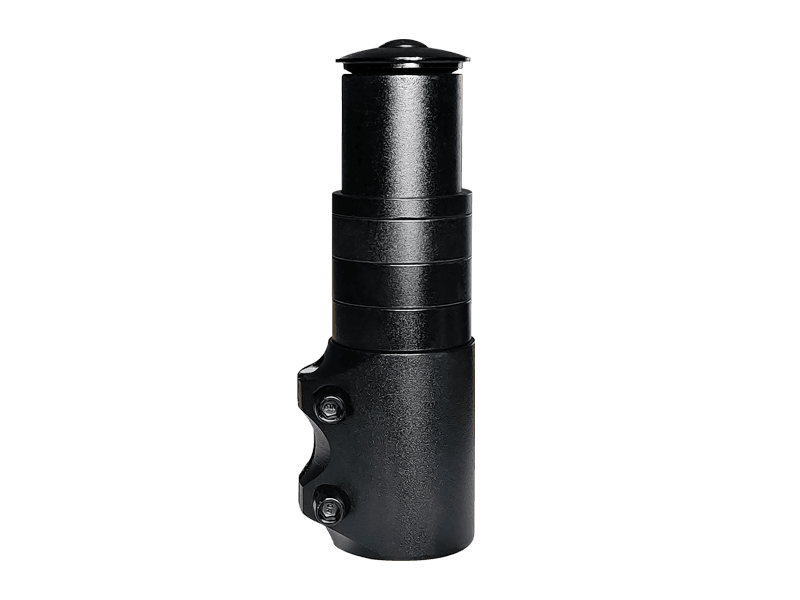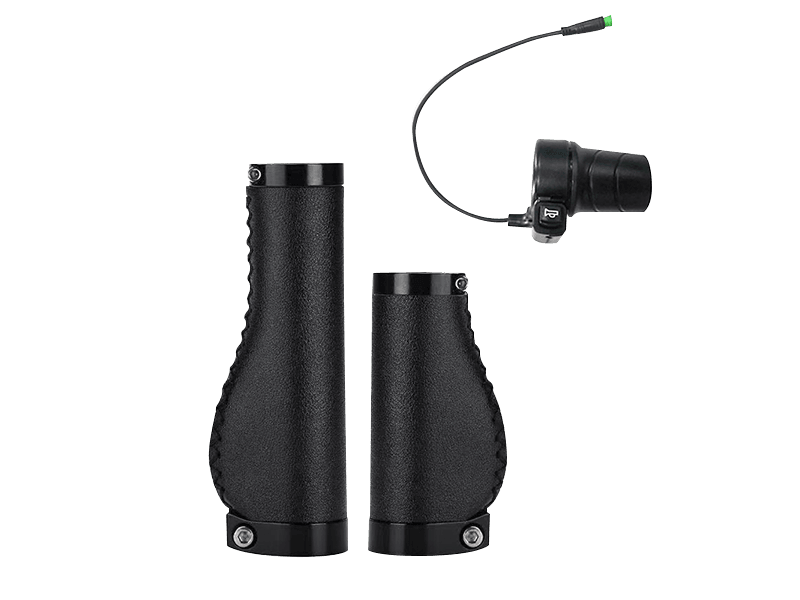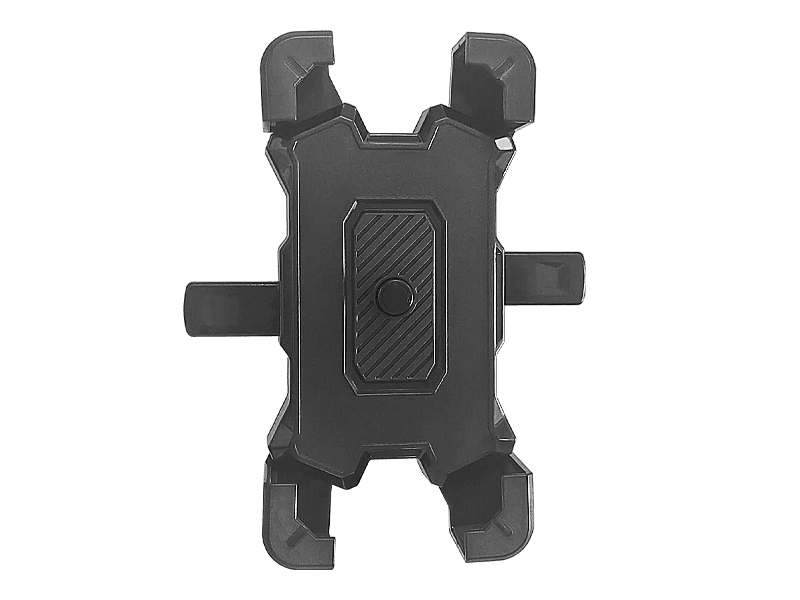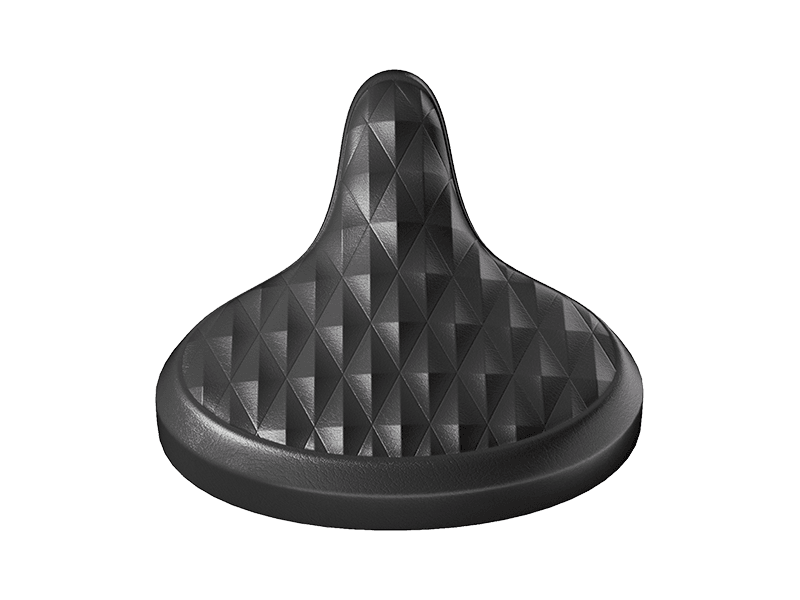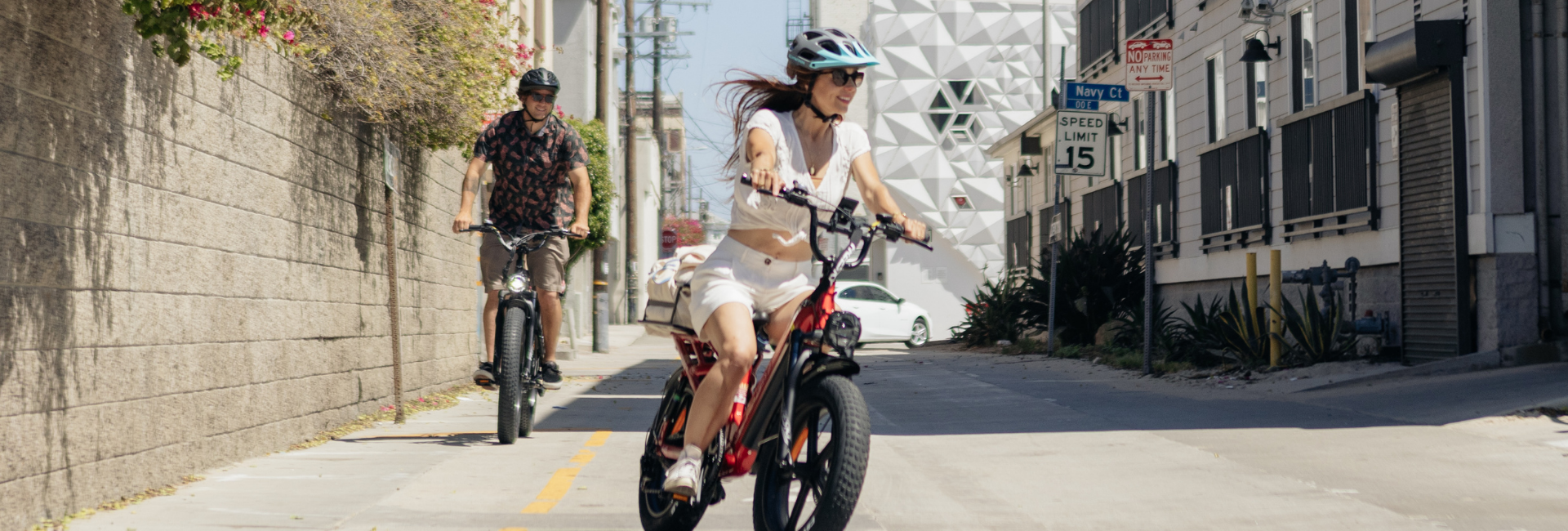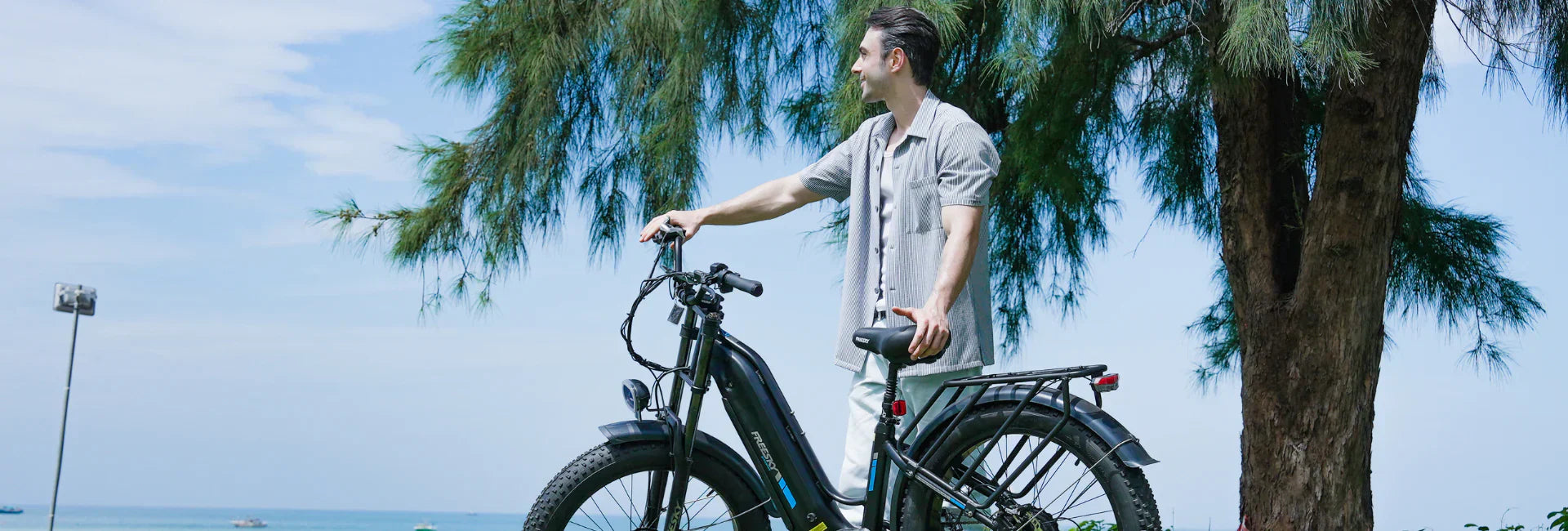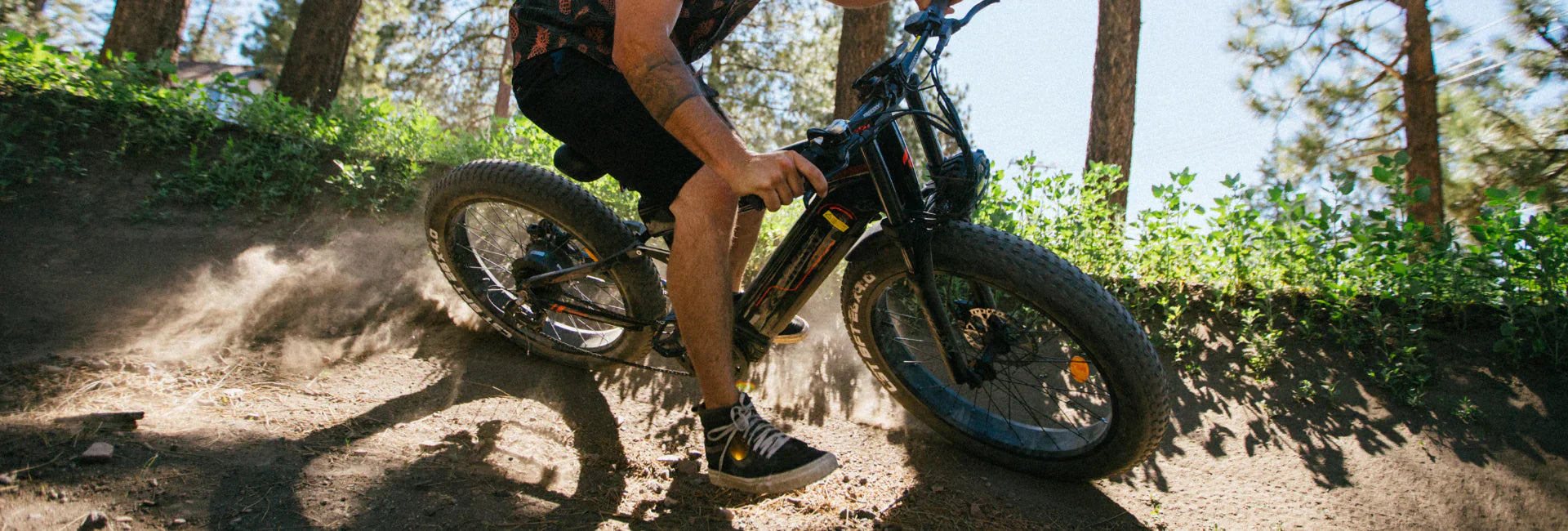5 formas rápidas de mantener su marco de bicicleta eléctrica apretada y segura
AUG 01, 2025
Suele empezar con un pequeño crujido. Luego, un ligero bamboleo al rodar sobre adoquines o superficies irregulares. No te lo estás imaginando: el cuadro de tu bicicleta eléctrica podría estar aflojándose con el tiempo.
La buena noticia es que, en la mayoría de los casos, se puede solucionar con sencillas comprobaciones y ajustes que puedes hacer tú mismo. Al mantener el cuadro seguro, no solo mejoras la comodidad al montar, sino que también garantizas la seguridad en cada viaje.
Cómo reconocer la holgura del marco
-
Ruidos crujientes:Ruidos de roce o chasquidos metálicos al acelerar, subir o tomar curvas.
-
Sensación de conducción inestable:Una sensación suave o cambiante al cruzar baches o superficies rugosas.
-
Bisagras o conectores sueltos:Juego apreciable en los mecanismos de plegado o en las uniones del cuadro.
-
Desalineación de las ruedas:Si las ruedas delanteras y traseras no están alineadas correctamente cuando se levanta la bicicleta, el cuadro puede torcerse o deformarse.
Cinco comprobaciones para mantener la solidez de tu cuadro
1. Juego de dirección y potencia
Si el manillar se siente inestable o hace clic durante los giros, es posible que el juego de dirección o el vástago estén flojos.
Qué hacer:
-
Sujete firmemente la rueda delantera entre las piernas.
-
Gire el manillar; si se mueve independientemente, apriete los tornillos con una llave hexagonal.
-
Apriete sólo hasta que esté seguro, evitando aplicar fuerza excesiva.
2. Abrazadera del poste del asiento
Un poste de asiento deslizante puede crear movimiento en la sección trasera del cuadro.
Qué hacer:
-
Afloje la abrazadera, ajuste la altura del sillín y luego vuelva a apretarla.
-
Utilice una llave dinamométrica si está disponible para un ajuste preciso.
-
Aplique pasta de carbono (para postes de carbono) o grasa (para aleación) para minimizar el deslizamiento.
3. Juego de bielas y pedalier
Los crujidos al pedalear suelen significar que hay juego entre los brazos de la biela o el pedalier.
Qué hacer:
-
Pruebe cada brazo de manivela para comprobar el movimiento de lado a lado.
-
Apriete los pernos del cigüeñal con la herramienta correcta.
-
Si el soporte del pedalier está flojo o desgastado, consulte a un taller profesional para su reparación o reemplazo.
4. Juntas plegables (para bicicletas eléctricas plegables)
Las bisagras y los pestillos plegables están sometidos a una tensión constante. Incluso pequeños espacios pueden causar inestabilidad.
Qué hacer:
-
Despliegue completamente la bicicleta y asegúrela.
-
Verifique si hay movimiento en la bisagra y vuelva a apretar los pernos.
-
Lubricar donde sea necesario.
⚠️ Si no es posible apretar la unión de forma segura, póngase en contacto con su proveedor de servicios antes de volver a conducir.
5. Triángulo trasero y área del eje
La sección trasera es vital para la estabilidad.
Qué hacer:
-
Confirme que las tuercas del eje o las palancas de liberación rápida estén apretadas correctamente.
-
Inspeccione las soldaduras para detectar grietas o signos de tensión.
-
Compruebe que la patilla del descarrilador y los soportes del freno estén correctamente fijados.
Por qué es importante
Un marco laxo no solo es incómodo. Si no se controla, puede provocar:
-
Mayor desgaste de los componentes.
-
Fatiga y grietas del marco.
-
En casos raros, falla estructural repentina.
El cuadro de tu bicicleta eléctrica es la base. Las revisiones periódicas son tan importantes como el control de los neumáticos y el nivel de batería.
Cómo evitar que el marco se afloje
-
Inspección mensual: Verifique el juego de dirección, la tija del sillín, el juego de bielas y las juntas.
-
Cuidado extra después de la lluvia o la limpieza.:La humedad puede acelerar la corrosión y el aflojamiento.
-
Utilice las herramientas correctasInvierta en un juego de llaves hexagonales y una llave dinamométrica. Se recomienda el mantenimiento profesional para conductores habituales.
Diseñado para estabilidad a largo plazo
Los cuadros de alta calidad están diseñados para resistir la flexión y la vibración, garantizando una fiabilidad duradera. Las bicicletas eléctricas Freesky se diseñan con este principio en mente: estructuras reforzadas y una fabricación precisa ayudan a mantener la integridad del cuadro incluso en condiciones de conducción exigentes.
Reflexiones finales
Un paseo estable empieza con un cuadro seguro. Con estas cinco sencillas comprobaciones, mantendrás tu bicicleta eléctrica segura, ágil y agradable de conducir.
Conduce con seguridad. Conduce con confianza.
Preguntas frecuentes: holgura del marco
1. ¿Todos los crujidos significan que el marco está flojo?
No siempre. Algunos ruidos provienen del sillín, los pedales o los frenos. Pero el juego de dirección, las bielas y las juntas plegables son las primeras zonas que hay que inspeccionar.
2. ¿Es seguro andar en bicicleta si el cuadro se siente inestable?
No se recomienda. Incluso los viajes cortos pueden causar más daños o riesgos de seguridad.
3. ¿Las bicicletas plegables se ven más afectadas?
Sí. Las bisagras y pestillos plegables requieren controles más frecuentes debido a su diseño.
4. ¿Con qué frecuencia debo revisar el cuadro?
Se recomienda una vez al mes. Con mayor frecuencia si se conduce a diario o en terrenos difíciles.
5. ¿Qué tan apretados deben estar los tornillos?
Ajuste firme, pero no demasiado apretado. Usar una herramienta con par limitado es la opción más segura.


